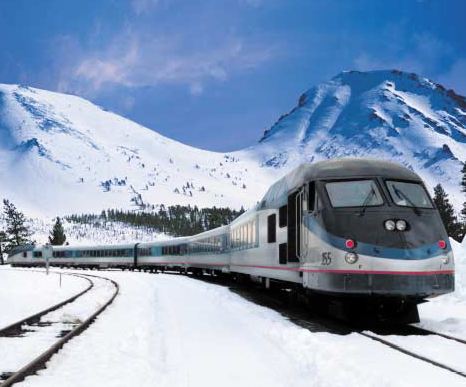|
|
RTL3 |
Refurbishment for high speedHigh speed rail momentum was again raising in populated East coast of North America iu 1990s. Acela Express started its service on electrified lines. RTL turboliners produced under license were in service on non-electrified lines but they were deteriorated and hard to run at high speed. In 1994, Amtrak decided to refurbish them replacing newer and high performance gas turbines and contracted with Turbomeca. These railcar were equipped with 1085 horse power engine "Turmo" and gradually upgraded to more efficient engines. At last 1600 horse power "Makila T1" was adopted and they were reincarnated as RTL2. The engine efficiency was improved to 29% from 20% and at last cabins and exteriors were also refurbished and RTL3 was born. 200 km/h operation was planned and tested repeatedly from 1995.
200 km/h cruising was possible at 80% of rated
output and one engine was stopped at low speed. 20% fuel cut was
achieved at the speed of 160km/h. The transmission was Voith 2 speed
hydraulic converter with lock-up mechanism. One of a pair truck of the
motive car was driven. The other truck had small 500 horse power
electric motor to go into the Pens Station in New York where the train
using an internal combustion engine was not allowed The project suspendedThere were many difficulties around the project. The company took the refurbishment fell into financial difficulties and asbestos problems raised the cost. In 2003, three trains finally completed the refurbishment and began the commercial operations. But track and signal improvements didn't advanced due to the financial defect. After the trouble of the air conditioner, these trains stopped the service and retired. |
